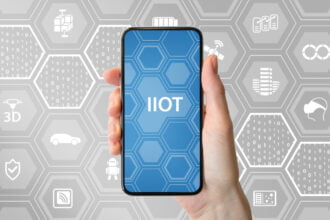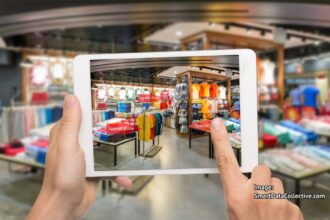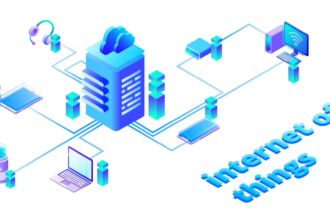While the Internet of Things (IoT) is changing our lives in unimaginable ways, many small businesses were choosing to ignore it – until recently. Customers are starting to invest in IoT solutions, but businesses can also benefit in interesting ways. Here are some things they should bear in mind as the IoT continues to evolve.
Businesses Are Finally Starting to Get Onboard with the IoT
The IoT has opened new doors for businesses, including:
- Enabling them to optimize their multi-device marketing strategies
- Offering more versatile solutions to their customers
- Tapping new sources of data to improve their funnels
According to a 2015 report by IDC, the market for the IoT is expected to reach $1.7 trillion within the next three years. IDC reports that growth has accelerated as businesses leverage IoT solutions.
A more recent report from Gartner shows that businesses are making up a larger share of the IoT market these days. They currently account for nearly 40% of all IoT purchases and are expected to use 3.1 billion IoT devices by the end of the year. The total number of devices connect to the IoT will exceed 8.4 billion.
“IoT services are central to the rise in IoT devices,” said Denise Rueb, research director at Gartner. “Total IoT services spending (professional, consumer and connectivity services) is on pace to reach $273 billion in 2017. Services are dominated by the professional IoT-operational technology category in which providers assist businesses in designing, implementing and operating IoT systems,” added Ms. Rueb. “However, connectivity services and consumer services will grow at a faster pace. Consumer IoT services are newer and growing off a small base. Similarly, connectivity services are growing robustly as costs drop, and new applications emerge.”
How Can Businesses Apply the IoT? What Are the Limitations
There are many ways that businesses can take advantage of the IoT. Gartner research vice-president Bettina Tratz-Ryan states that the IoT is being used the most in manufacturing settings.
Industrial businesses use the IoT to regulate production, control for defects and streamline fulfillment. Gartner states that industrial plants use many different types of IoT devices, including smart meters and process sensors.
However, there are limitations of IoT solutions. The biggest drawback is that IoT tools can’t always be easily integrated into a company’s existing infrastructure.
“They are realising that only an ecosystem can work [for successful IoT],” said Tratz-Ryan. “Industrial companies have to become more open as they will not be able to integrate the diversity of industrial business applications into their own platforms.”
This often requires businesses to institute new control systems and processes. The cost can be prohibitive, especially for older companies with outdated infrastructures. However, if they can raise the capital needed to make the transition to an IoT environment, the ROI will be much higher in the long-run, since they will save on waste and reduce per unit cost by boosting production.
Healthcare companies are also using the IoT. It makes it easier for them to collect vitals on their patients and share information with other healthcare providers.
They also face challenges though. The biggest problem is making sure they are compliant with HIPAA. Some devices may not be approved until they can show that they meet HIPAA guidelines.
How Many Companies Will Turn to the IoT in the Future?
Brands throughout the world are starting to recognize the benefits of the IoT. However, they are proceeding slowly, because it requires changing their infrastructure, meeting new regulatory protocols and understanding the nuances and limits of new technology. Nevertheless, they are likely to continue scaling their use of the IoT in the near future.











